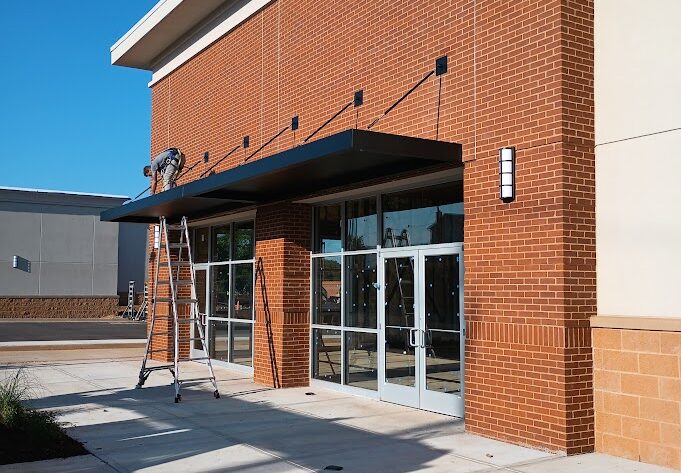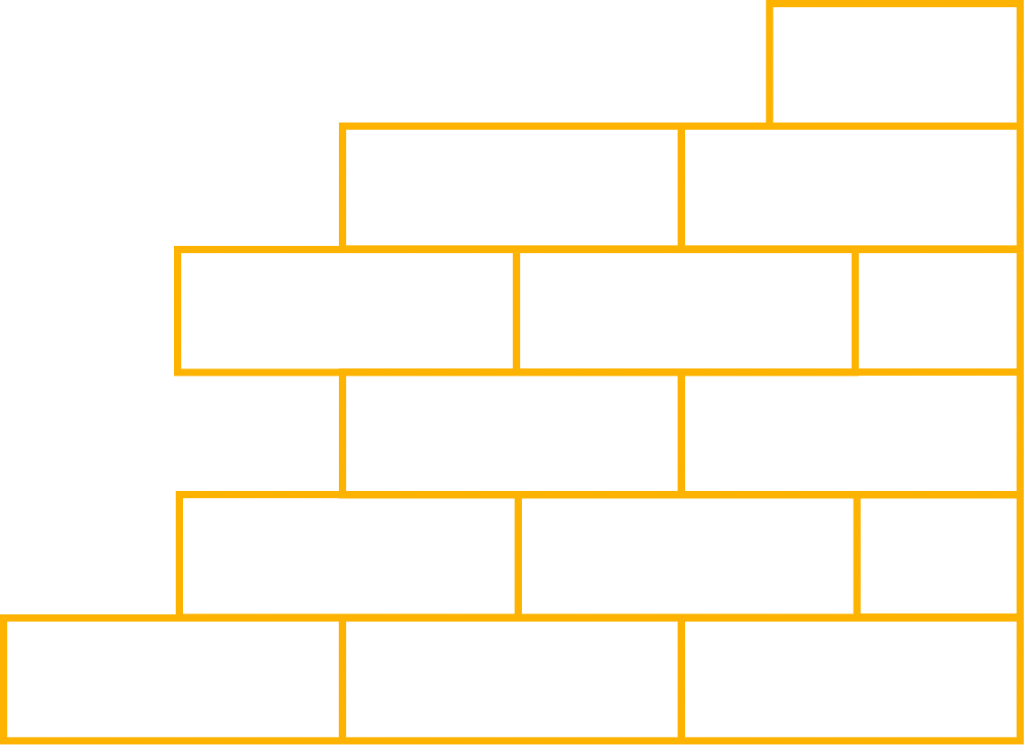Frequently Asked Questions
None - No questions were provided to evaluate?
Users should consider reaching out to ACME Construction for information on custom canopies and awnings, as this page is designed to address frequently asked questions about our services, products, and installation options.
What are the benefits of window awnings?
The benefits of window awnings include enhanced energy efficiency by reducing heat gain, protection from UV rays, and increased aesthetic appeal for your building. They also provide a comfortable outdoor space by creating shade.
How do awnings enhance outdoor living?
Awnings enhance outdoor living by providing shade and comfort, allowing homeowners to enjoy their outdoor spaces while being protected from UV rays. They create inviting areas for relaxation and gatherings, increasing the functionality of patios and decks.
What materials are best for awnings?
The best materials for awnings include high-quality fabrics like acrylic and polyester, as well as sturdy metal options like aluminum. These materials are durable, weather-resistant, and provide excellent protection from UV rays and harsh elements.
How to choose awnings for my home?
Choosing awnings for your home involves considering your architectural style, the type of materials that complement your exterior, and your climate needs. Opt for durable, UV-resistant fabrics to enhance both aesthetics and protection.
What styles of awnings are available?
The styles of awnings available include retractable, fixed, dome, and lateral arm awnings, each designed to enhance aesthetics and provide varying levels of protection from UV rays.
How do awnings improve energy efficiency?
Awnings improve energy efficiency by reducing heat gain from sunlight, which helps maintain cooler indoor temperatures. This leads to lower energy consumption for air conditioning, ultimately resulting in cost savings on utility bills.
What is the lifespan of exterior awnings?
The lifespan of exterior awnings varies, typically ranging from 5 to 15 years depending on materials, maintenance, and environmental factors. Proper care can extend their durability and enhance their aesthetic appeal.
Are retractable awnings worth the investment?
Retractable awnings are a worthwhile investment as they enhance outdoor comfort, protect outdoor furnishings from UV damage, and add aesthetic appeal to your property, all while offering flexibility to retract when not in use.
How to maintain window awnings properly?
Proper maintenance of window awnings involves regularly cleaning them with mild soap and water, checking for any signs of wear or damage, and retracting them during severe weather to ensure longevity and optimal performance.
What colors are popular for awnings?
Popular colors for awnings include classic shades like blue, green, and red, as well as neutrals such as beige and gray. These colors not only enhance aesthetic appeal but also provide effective UV protection.
How much do awnings typically cost?
The cost of awnings typically varies based on size, material, and installation complexity, ranging from $200 to $3,000. For a precise quote, it's best to consult with ACME Construction for tailored options.
What is the installation process for awnings?
The installation process for awnings involves several key steps: initial consultation to assess needs, precise measurement of the installation area, customization of the awning to fit specifications, and professional installation to ensure durability and functionality.
Can awnings withstand harsh weather conditions?
Awnings can indeed withstand harsh weather conditions when properly installed and constructed from durable materials. High-quality awnings are designed to resist wind, rain, and UV exposure, ensuring long-lasting protection and aesthetic appeal for your property.
What are the local awning regulations?
The local awning regulations outline guidelines regarding size, materials, and placement to ensure safety and aesthetic coherence with the surrounding environment. It’s important to check with Oklahoma City’s building codes and zoning laws before installation.
How to find a reliable awning contractor?
Finding a reliable awning contractor involves researching local companies, checking online reviews, and asking for referrals from friends or family. Ensure the contractor is licensed, insured, and offers warranties for their work.
What are common problems with awnings?
Common problems with awnings include damage from harsh weather, such as high winds or heavy snow, which can lead to tears or structural issues. Additionally, improper installation may cause sagging, while accumulated dirt and debris can affect appearance and functionality.
How can I customize my window awnings?
Customizing your window awnings can be achieved by selecting different fabrics, colors, and styles that match your building's aesthetics. Additionally, you can choose the size and design to ensure optimal protection from UV rays while enhancing curb appeal.
What is the best location for awnings?
The best location for awnings is typically over windows, doors, and outdoor spaces such as patios. This placement maximizes shade and protection from UV rays while enhancing the building's aesthetics.
How do awnings increase property value?
Awnings increase property value by enhancing curb appeal, providing additional outdoor living space, and improving energy efficiency. These features make properties more attractive to potential buyers, leading to higher resale values.
What are the eco-friendly options for awnings?
Eco-friendly options for awnings include products made from recycled materials, such as canvas or aluminum, and those that feature sustainable manufacturing processes. Additionally, energy-efficient fabrics that reflect UV rays can help reduce energy consumption in buildings.
How do I measure for new awnings?
Measuring for new awnings involves determining the width and projection needed. Start by measuring the area where the awning will be installed, accounting for any obstructions, and ensure to note the height from the ground for optimal installation.
What are the safety features of modern awnings?
The safety features of modern awnings include durable materials that resist UV damage and harsh weather, secure mounting systems to prevent collapse, and retractable designs that can be safely stowed during storms.
How to design awnings that match my home?
Designing awnings that match your home involves choosing colors, materials, and styles that complement your existing architecture and exterior elements. Consider consulting with experts to ensure a cohesive look that enhances your home's aesthetic appeal.
What features should I look for in awnings?
When looking for awnings, consider features such as material durability, UV protection, ease of installation, customization options, weather resistance, and aesthetic appeal to enhance your building's look while providing effective shade.
How do awnings protect furniture from UV rays?
Awnings protect furniture from UV rays by providing a physical barrier that blocks direct sunlight, significantly reducing the exposure that can cause fading, discoloration, and damage to fabrics and materials over time.
What are the best brands for window awnings?
The best brands for window awnings include SunSetter, Advaning, and ALEKO, renowned for their durability, range of styles, and customization options to enhance your home’s aesthetics while providing effective sun protection.
How to choose the right fabric for awnings?
Choosing the right fabric for awnings involves considering factors like durability, UV resistance, and aesthetics. Opt for materials designed for outdoor use that complement your building's style while providing optimal protection from the elements.
What are the trends in awning designs?
The trends in awning designs are characterized by sleek, modern aesthetics, eco-friendly materials, and smart technology integration. Popular choices include retractable options and vibrant colors that enhance outdoor spaces while providing effective UV protection.
How do seasonal changes affect awnings?
Seasonal changes affect awnings by influencing their durability and appearance. Weather fluctuations, such as intense sun, rain, and snow, can lead to wear and tear, making regular maintenance and proper installation essential for longevity and effectiveness.












